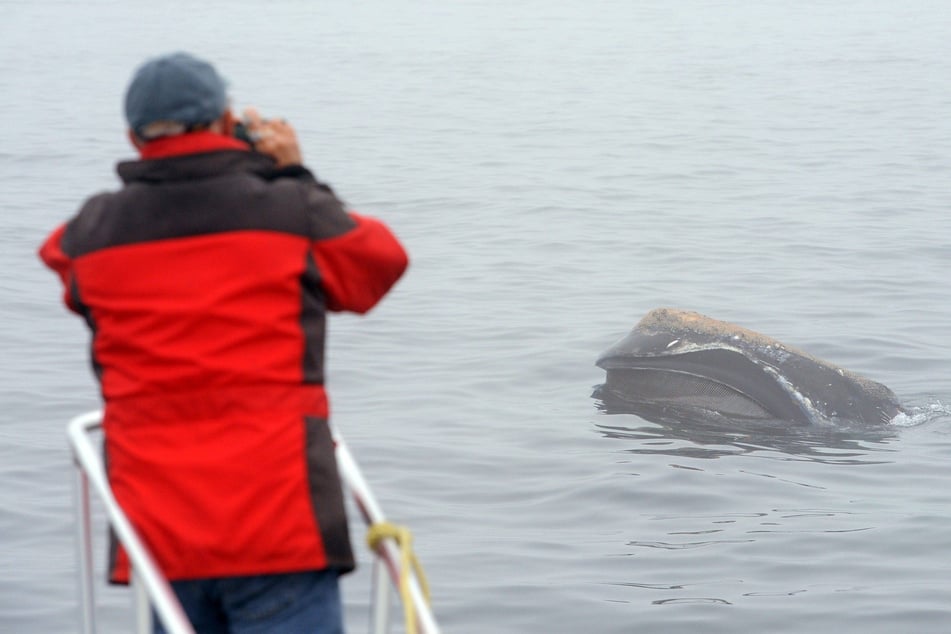Endangered whales sightings by New York spark concern
Long Island, New York - Scientists are ringing the alarm after a group of at least 82 North Atlantic right whales were spotted off the coast of Long Island, in a potentially dangerous location for the embattled mammals.

Whale spotting in New York?
North Atlantic right whales are more typically found much further north during the summer, usually off the coast of New England and in colder Canadian waters.
But the swimmers were seen in late July and August, in an unusual area.
The New England Aquarium observed the whales via research flights that flew south of Long Island. On one particular flight, researchers saw 56 North Atlantic right whales.
A large population this far from their usual seasonal habitat is a concern for marine scientists, who worry about the potential for further population decline, especially seeing as the period from 2017-now is seen as an "Unusual Mortality Event" by the NOAA.
"This multi-month grouping of whales south of Long Island is very unusual," said Katherine McKenna, a research scientist from the Anderson Cabot Center who was aboard several of the survey flights.
"It was a lot. They were concentrated in such a small area," CBS cited McKenna as saying. "There'd be several whales on one side of the plane, and then off to the other side there'd be double that."
Under the Endangered Species Act (ESA), the North Atlantic subspecies of the right whale has been listed as endangered since 1970. According to the National Oceanic and Atmospheric Administration (NOAA), there are only about 360 of them left in the wild.
This means that a population of approximately 80 of the creatures makes up about a quarter of the total number of North Atlantic right whales not held in captivity.
New York a risk for North Atlantic right whales

In a statement issued by the New England Aquarium about the research flights, the organization expressed concern over boats in the area in which the North Atlantic are congregating.
"Currently, no mandatory speed restrictions, which are known to reduce the risk of lethal vessel strikes to large whales, exist where these aggregations have been sighted," the report observed.
"The proximity of such a large proportion of the population to a busy marine traffic area for so long raises concern about the risk of vessel strikes to these whales."
The risk of ship strikes are a particular worry because, as the World Wildlife Fund has reported, they "one of the leading causes of death for endangered and vulnerable populations, including critically endangered North Atlantic right whales, of which fewer than 500 remain."
Scientists observing the whales noted that many were seen to have propeller wounds, a clear sign that they have at some point collided with a vessel.
As a result of this study, as well as increasing evidence that changes to the speed rules which govern mariners in North America can greatly reduce the risk of collisions, the NOAA is considering a number of policy changes. In particular, the NOAA is proposing changes that not only include speed restrictions, but the expansion of enforced areas, increases to the timeframes in which restrictions apply, and tighter rules on the size of affected vessels.
"Vessel strikes and entanglement are the two leading causes of serious injury and mortality for North Atlantic right whales," the New England Aquarium report stated.
Referring to a study submitted to Biological Conservation by the New England Aquarium in January, a 10-knot speed limit across whale territory would make all the difference.
"Aquarium scientific research shows that the proposed expansion of the speed restriction areas will increase protections for North Atlantic right whales and that other large whale species would also benefit."
Cover photo: IMAGO/USA TODAY Network

